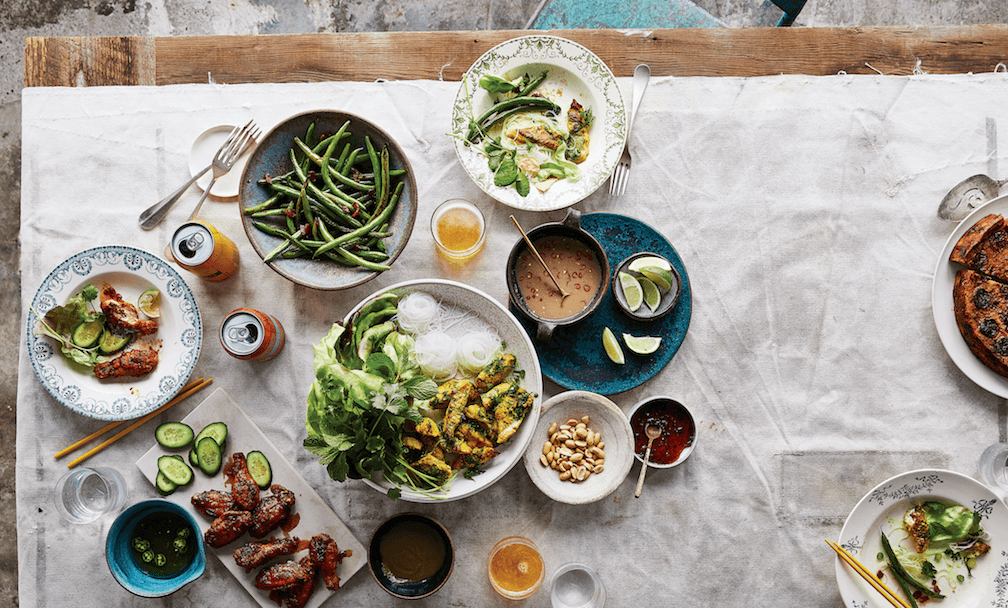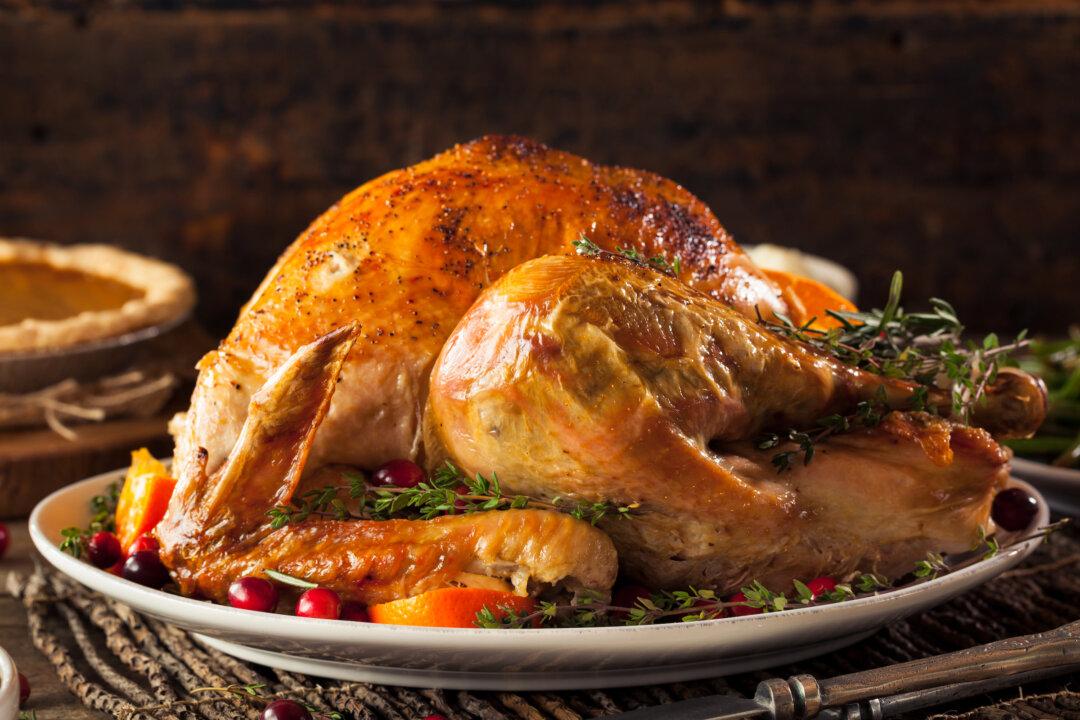When Andrea Nguyen and her family arrived in America in 1975, there was no fish sauce at their neighborhood Albertsons. None to make nuoc cham dipping sauce, or spike noodle soups, or complete the slew of other savory Vietnamese dishes that rely on its umami-packed funk. And for months, they had no car to make the hour and a half drive to Los Angeles’ Chinatown and its Asian markets, where such rare treasures were stocked. So her mother made do with La Choy soy sauce.
With no jasmine rice, that fragrant staple, she dubbed Texas long-grain a worthy substitute. For delicate steamed rice rolls, traditionally fashioned from rice flour, Swans Down cake flour did the trick instead.






